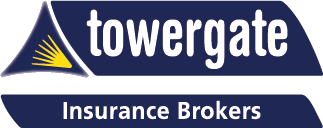Every business relies on third-party technology to some extent, exposing tech companies to a wide range of potential errors & omissions (E&O) or professional indemnity (PI) claims. In this article, Towergate’s insurance partner, Coalition, shares eight examples of risks that should be covered by a policy.
Overview
Tech companies operate in high-speed, agile environments. Each new product release promises additional new features and user improvements. That speed is great for operating and developing solutions quickly; however, it also increases the risk of errors and omissions (E&O) in contracts or product functionalities that could lead to client complaints or even lawsuits. Any company that sells hardware or software products — or provides hardware or software services — may experience E&O liability.
Each E&O claim can potentially derail a business due to legal costs and the implications of potential settlements. Fortunately, comprehensive E&O insurance policies can help shield tech companies from financial harm.
What qualifies as an error or omission claim?
E&O insurance is a type of professional liability insurance aimed at protecting companies from financial loss as a result of their errors or negligence of technology products or services. Client claims can range from relatively minor matters, such as a product not completely meeting standards promised by marketing claims, to major issues, such as the tech company’s products being responsible for a data breach.
All tech companies are at risk of error and omissions claims, especially if they cause financial losses for a client. Typically, examples of errors and omissions claims for a tech company fall into one of 10 buckets outlined below. In each of these cases, a thorough Tech E&O policy can help cover the costs for legal fees, including court fees and legal counsel costs, potential settlement fees, and any court-ordered judgments.
Examples of E&O claims
Errors and omissions examples can be far-reaching, as long as the client believes the tech company’s products were responsible for the damages in some way. Most Tech E&O policies will cover the following types of claims and protect a company against any associated costs.
Breach of contract
Clients can sue tech companies for breach of contract if the delivered product or service does not align with the details stipulated in the contract. Being unable to meet contractual obligations can give a client grounds to sue for breach of contract and associated damages. This could cause irreparable financial harm to the tech company depending on the company’s size and the size of the contract, as well as cause reputational damage.
Breach of contract is a common error and omission example for tech companies. As an example, a managed services provider (MSP) may sign a contract with a client promising to install network security software within a specified timeframe. If the MSP is unable to deliver within the specified timeframe, that could constitute a breach of contract.
Breach of warranty
Similarly to a breach of contract, clients can also pursue E&O claims for damages against a tech company for a breach of warranty. While a breach of contract involves a tech company not delivering a product or service stipulated in a contract, a breach of warranty involves a product or service not meeting a client’s expected performance.
A breach of warranty claim is typically harder for a client to prove than a breach of contract, as it may be more subjective. Even so, this type of E&O claim can still be costly for a tech company to defend against in court or settle through arbitration. A tech company focused on spam reduction, for instance, could face a breach of warranty claim if a client using their services is still inundated with spam emails. In this case, the client could claim the tech company’s services did not meet promised standards.
Negligence
Clients can pursue E&O negligence claims if a tech company’s products or services cause a negative impact. These claims usually are related to errors in the tech company’s code or service which causes harm to the client. Negligence claims also typically accuse the tech company of failing to practice with reasonable care.
Negligence claims can be costly for a tech company, leading to other significant damages for a client. For instance, a client can pursue a claim against an IT hosting provider that, through its own negligence, improperly hosted the client’s website. Such improper hosting could lead to mistakes such as lost business, reputational harm, or security vulnerabilities within the client’s website.
Tech companies also need to be aware of any errors and omissions potentially stemming from the use of third party open-source software libraries. The majority of software in development uses many of these libraries, and any issues or vulnerabilities could also affect a tech company’s overall code or product. An E&O policy may also protect against any negligence related to third-party code use.
Copyright infringement
An E&O policy can be particularly useful for tech companies involved in copyright infringement claims. A thorough policy should cover legal expenses for a company either being accused of infringement or accusing another company of attempting to steal a copyright. For tech companies, copyright infringement claims may be related to particular software a company develops and sells, as well as any underlying code. Many tech companies may be particularly interested in how a thorough errors and omissions policy could cover their own copyright infringement claims. Such a policy may cover any legal fees and associated costs for a tech company to bring a legal challenge against another company that appears to be infringing on established copyright.
Fraud
A client may file an error and omissions claim against a tech company due to real or perceived fraud on the company’s part. Any outright lie a tech company tells a client can be the basis for a fraud claim. This is especially the case if the company or an employee lies to the client for financial or personal gain. Fraud claims involve a client believing they were deliberately misled while purchasing a service.
As an example, a client may launch an E&O lawsuit for fraud against a cybersecurity company if the company knowingly lied to a client about the types of attacks against which its product could defend itself. An E&O policy could provide coverage for all lawsuit-related costs in such a case.
Misrepresentation
A misrepresentation claim is similar to a fraud claim. While a fraud claim is related to a company deliberately lying about its product or services to a client, misrepresentation refers to a company concealing certain pertinent information. Misrepresentation may also involve a company making false statements to make its products or services appear more attractive or cost-effective than they may actually be.
For example, a tech company that did not disclose additional fees while providing a quote could face a misrepresentation claim.
Defamation
Depending upon the product and services a tech company provides, the company may need an E&O policy covering defamation. Defamation refers to any statement or claim a business makes that is intended to harm another business’ or individual’s reputation. Defamation goes beyond written words and can also include published photography or cartoons.
In the case of most tech companies, defamation is likely to occur online. Any statement on a company’s website or official social media accounts that harm another business or individual can be the cause of a defamatory claim. A tech company that allows public comments on its website can also face a vicarious liability claim relating to defamation if it does not remove a defamatory post. An errors and omissions policy may cover cases of either direct or vicarious liability for defamation claims.
Cyber crime
Cyber crime represents a particularly pernicious cause of error and omission claim, as technology companies are likely to handle large amounts of data for clients. In the event of a cyber-attack like a data breach, a technology company can face potential lawsuits from numerous clients, regulatory fines, and costs related to performing cyber forensics and data recovery.
Following a cyber incident, clients could also file a lawsuit against a tech company for issues such as negligence, poor performance, or improper software recommendations that proliferated a cyber-attack.
In the case of cyber-crime, a basic E&O policy may offer some protection. In claims related to negligence or poor performance which allowed an attacker to attack a client directly, a basic E&O policy may cover costs for the company. However, basic E&O policies typically do not cover the loss of third-party data. In such cases, a tech company may want to bundle an E&O policy with a cyber insurance policy, which can provide more robust coverage in case of an incident like a data breach.
For more information or support with any of the above, speak to your usual Towergate advisor.


